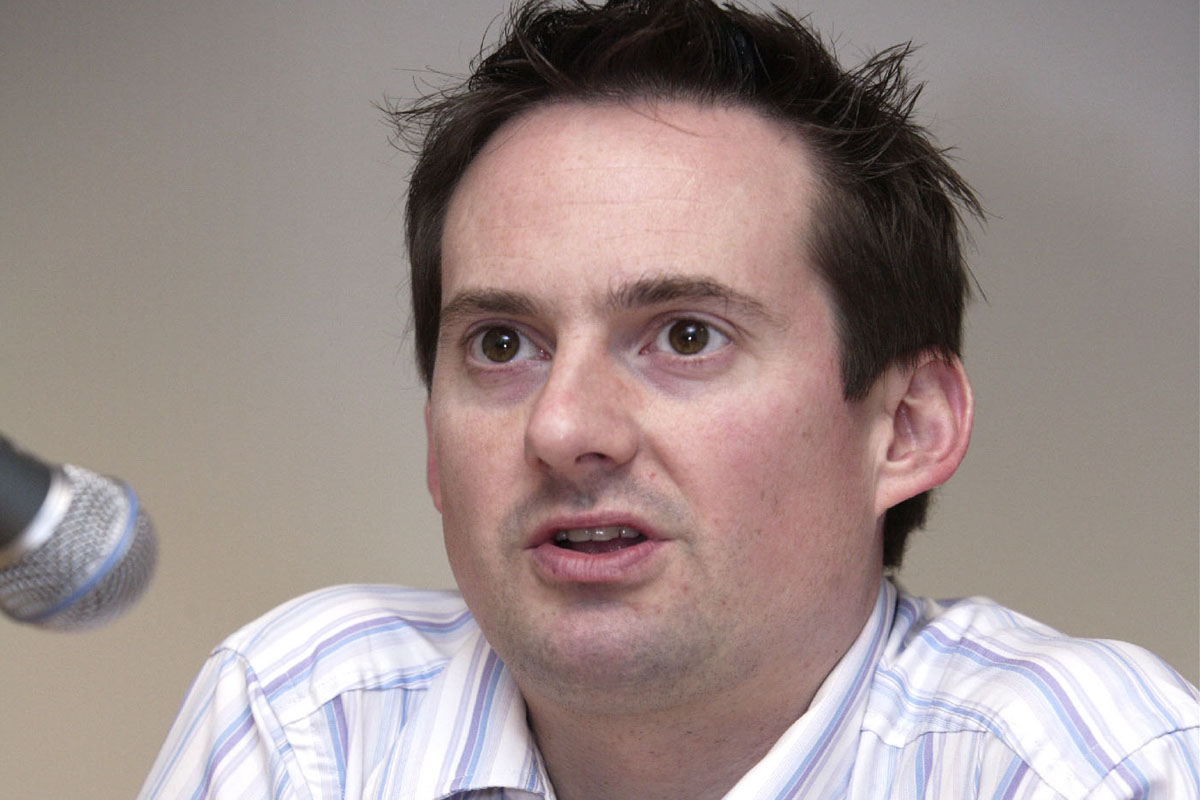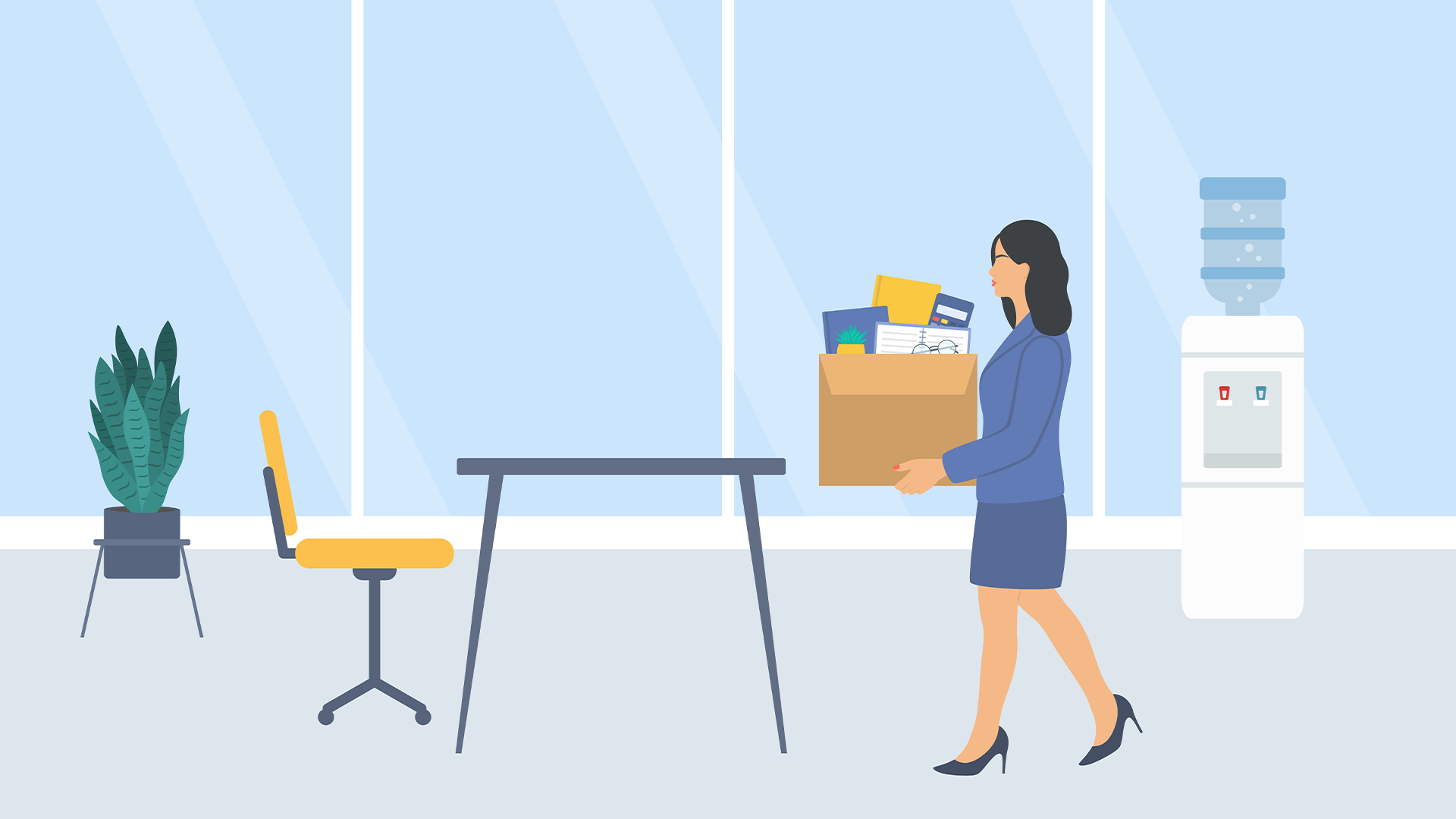The future of work is orange (and lime green)
Does a snazzy colour scheme really improve productivity, or is it the tech that counts?

The colour palette in Microsoft's newly refurbished Amsterdam HQ looks rather as if someone dreamed it up after a night out in the city's notorious coffee shops.
Bright orange furniture and lime green walls compete for the visitor's attention, but what makes you look twice is the desks. Or to be more precise, the lack of them.
Situated so close to Amsterdam's Schiphol airport that the windows on one side look directly out onto the loading aircraft, Microsoft's new base is not just an assault on the senses. It is also an experiment in new ways of working.
Removing the desks is just part of it. No-one has their own desk, not even Theo Rinsema, Microsoft's affable general manager for the Netherlands.
Instead, Microsoft employees work wherever they want, at long communal tables for collaboration, or in diner-style booths for more intimate meetings.
There are some private areas for calls, but occupy one of these for more than a few hours and a colleague will position a red warning triangle with "no camping" on top of your belongings. For storage, everyone has a locker, even, we presume, Mr Rinsema, although your correspondent failed to find his.
In fact, Mr Rinsema and his team of designers have pulled off a clever slight of hand.
Get the ITPro daily newsletter
Sign up today and you will receive a free copy of our Future Focus 2025 report - the leading guidance on AI, cybersecurity and other IT challenges as per 700+ senior executives
The company has effectively reduced its footprint, but convinced staff that they actually have more room. This allows space for a state of the art auditorium as well as a proper coffee bar (not a coffee shop), and a top floor given over to international meetings.
The technology that underpins the new office is impressive, too, although rather less visible. SharePoint, Exchange and Office Communications Server have all but replaced paper and the telephone; there are no desk phones at all. There is Wi-Fi throughout the building, and everyone uses a laptop.
According to Stephen Elop, the president of Microsoft's Business division, the part of the business that owns Office and Exchange, physical space can become an obstacle to productivity, putting barriers between people who need to collaborate.
The Amsterdam office attempts to replace those barriers with its flexible architecture, but as company executives admit, a fair amount of technology heavy lifting was needed to make everything work seamlessly.
The Dutch also seem to have taken readily to the changes; in the UK, with our more conservative attitudes to work, it could be trickier, not least because managers often measure their success by the number of staff they can see, rather than what those staff do.
But if the trend is for more flexible working, Microsoft is showing the way. Even if lime green is very 1999.
Stephen Pritchard is a contributing editor at IT PRO.
Comments? Questions? You can email him here.
-
 IT professionals aren’t budging on flexible work demands – and more than half say they’ll quit if employers don’t meet expectations
IT professionals aren’t budging on flexible work demands – and more than half say they’ll quit if employers don’t meet expectationsNews Analysis from Randstad shows 40% of UK-based IT pros have quit over a lack of flexible work options, while 31% of workers globally have done the same.
By Ross Kelly
-
 'The tide seems to be turning towards office attendance': 64% of hybrid business leaders want staff back in the office – but many worry that enforcing RTO mandates will drive employees away
'The tide seems to be turning towards office attendance': 64% of hybrid business leaders want staff back in the office – but many worry that enforcing RTO mandates will drive employees awayAnalysis Many UK business leaders want their staff back in the office more frequently, but they’re scared to implement return to office (RTO) mandates in fear of worker revolts.
By George Fitzmaurice
-
 Employees are dead set on flexible working arrangements – three quarters would turn down a role that didn't offer hybrid options as work-life balance becomes more important than pay
Employees are dead set on flexible working arrangements – three quarters would turn down a role that didn't offer hybrid options as work-life balance becomes more important than payNews New research shows workers are increasingly demanding flexible working arrangements from employers.
By Emma Woollacott
-
 Nearly half of tech workers are seeking new roles – declining employee benefits and reduced flexible working options have staff looking elsewhere
Nearly half of tech workers are seeking new roles – declining employee benefits and reduced flexible working options have staff looking elsewhereNews While salaries are rising for tech workers, other benefits are in decline, leading to a fall in job satisfaction
By Emma Woollacott
-
 Beyond the upgrade: How to maximize IT investments and minimize waste
Beyond the upgrade: How to maximize IT investments and minimize wasteHow to maintain optimal performance and productivity with your fleet of hardware and stave off the next upgrade cycle for a bit longer
By ITPro
-
 Untethered: How CIOs and CISOs are paving the way for the new hybrid workforce
Untethered: How CIOs and CISOs are paving the way for the new hybrid workforceWhitepaper Effective techniques to transition from exposed legacy infrastructure to an effective zero trust strategy
By ITPro
-
 Energy efficiency and sustainability demands are transforming IT strategy
Energy efficiency and sustainability demands are transforming IT strategywhitepaper How Dell Technologies innovations are leading the way in energy effiency and sustainability
By ITPro
-
 Energy efficiency and sustainability demands are transforming IT strategy
Energy efficiency and sustainability demands are transforming IT strategywhitepaper How Dell Technologies innovations are leading the way in energy effiency and sustainability
By ITPro

